Federal Budget 2025: Labor highlights ‘expected’ Medicare levy increase
Health is a significant focus for the government as it delivers its re-election budget and is hoping cheaper medicines and more bulk billed trips to the doctor will be enough to sway votes.
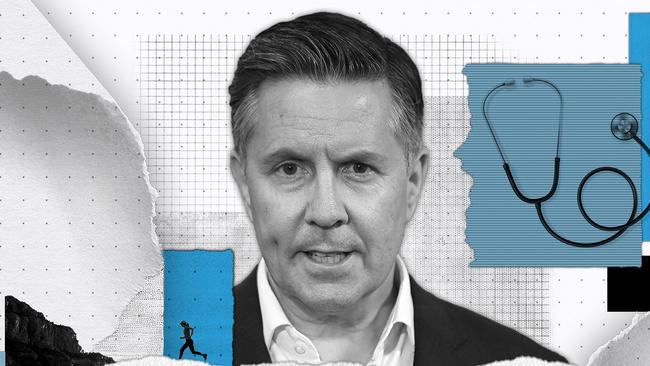
Labor has spruiked the increase in the Medicare levy threshold as a key health and cost-of-living measure that will benefit more than one million Australians, despite the fact the variation is linked to CPI and occurs nearly every year.
The 4.7 per cent increase in the Medicare levy low-income threshold for singles, families and seniors was featured alongside Labor’s surprise tax cuts in Tuesday’s budget, with the government declaring the change would mean one million Australians on lower incomes would “continue to be exempt from paying the Medicare levy or pay a reduced levy rate”.
However, Treasury officials confirmed the levy was changed almost every year in line with inflation.
See more of The Australian’s federal budget coverage here.
“No, this isn’t a surprise,” one senior official said. “I can’t recall a time this hasn’t happened.”
Another official said that the only time the levy had been left untouched was when inflation went backwards but the government decided to leave the threshold unchanged.
However, the Treasurer hit back at the suggestion the Medicare levy increase was par for the course.
“It requires a government decision. It’s not (automatically) indexed,” he said.
“It’s within the government’s range of decisions they can take.”
While conceding “it has happened before”, Dr Chalmers said the increase of the threshold didn’t necessarily happen every year.
The budget comes ahead of an -election campaign and health has been a central pillar.
The $8.5 billion set aside to strengthen Medicare is the biggest spend since the scheme’s inception, and the goal is that by the end of the decade, nine out of every 10 visits to the GP will be bulk billed.
It’s a move that will be welcomed by patients who have delayed going to the doctor because it is too expensive.
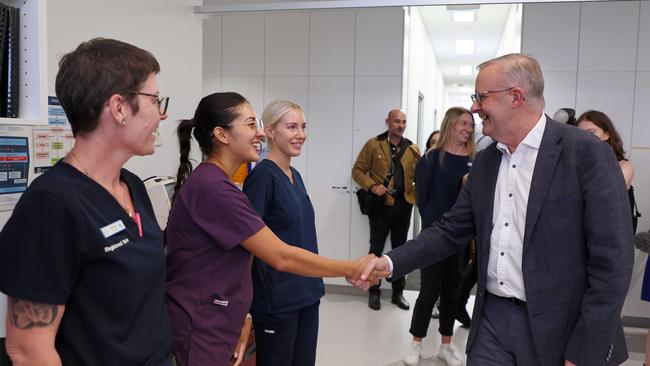
However, physicians will want to see more support to help them deliver complex care that requires far longer consultations, especially given the ageing population and the growing burden of disease. This remains an area that will need more attention in coming years.
According to government data, the leading causes of death in 2023 included dementia and heart disease, and the leading risk factors contributing to the nation’s disease burden include being overweight and tobacco use. Turning that around will take time and improved community messaging.
The Pharmaceutical Benefits Scheme is another significant area of spending in this budget. From next year, prescriptions on the PBS will be capped at $25, down from $31.60. Pensioners and concession card holders will continue to pay $7.70 per script, as part of a previous freeze on costs.
“The Pharmaceutical Benefits Scheme is a great Labor creation – and a great Australian institution,” Dr Chalmers said in his parliamentary speech, while taking a slight swipe at the US.
“We are strengthening it because Australians need us to, not weakening it because American multinationals want us to.”
More drugs will be added to the scheme, including those to support women’s reproductive health and relieve the symptoms of menopause. Another 50 Urgent Care Clinics will be added nationally at a cost of $644m. The after-hours clinics are designed to take pressure off overcrowded hospitals by dealing with cases not serious enough for an emergency department.
The other area of focus is the health workforce itself.
‘The Pharmaceutical Benefits Scheme is a great Labor creation – and a great Australian institution... We are strengthening it because Australians need us to, not weakening it because American multinationals want us to’
Some $248m will be spent over four years to entice more junior doctors to specialise in general practice. There will also be paid parental and study leave for trainee GPs and increased incentives to get more nurses into the system. It’s all designed to bolster the primary care workforce, which is ageing and has seen increased demand.
Last year’s budget offered little in this area, a move that attracted criticism from the Royal Australian College of General Practitioners, which described it as a “the biggest missed opportunity” of the budget.
With the mud map now laid bare for how Labor will deliver on its election promises, it will be over to voters to decide how the party has done.
Growth in NDIS expense reined in
By Stephen Lunn

Efforts to rein in the cost trajectory of the National Disability Insurance Scheme are starting to bear fruit, but the scheme remains one of the budget’s top three spending programs and is projected to run at 8 per cent annual growth across the four-year forward estimates.
Since the Mid Year Economic and Fiscal Outlook in December, the anticipated cost of the NDIS has reduced by almost $1bn next financial year and $4bn over the forward estimates, the budget reveals.
The budget papers show the NDIS will cost $48.5bn this financial year, and is projected to cost $52.3bn in 2025-26, rising to $63.4bn by 2028-29.
This puts it clear third in the top programs by expense, behind payments to the states and the age pension. Across the four-year forward estimates it is projected to cost around $50bn more the next biggest spending program, aged care.
But after a crackdown on fraud and waste and tougher assessments of what NDIS support is funded, the scheme’s cost projections are falling, helping the broader budget bottom line.
“Major decreases in payments ... since MYEFO include payments related to the NDIS, which are expected to decrease by $954.0m in 2025-26 and $3.9bn over five years to 2028-29, largely reflecting lower spending over the year to date, and hence lower forecast NDIS payments,” Budget Paper No.1 says.
“Structural reforms to the NDIS and aged care, and reduced interest costs, have made the budget more sustainable over the medium term.
“The government continues to improve the NDIS to deliver better outcomes and ensure every dollar allocated to NDIS participants reaches them and is spent in a meaningful way that makes a difference in their lives,” the budget overview says.
The 2025-26 budget’s NDIS projections are calculated on an 8 per cent per annum growth rate from mid-2026, the target set by national cabinet in December 2023 when it put the scheme’s escalating cost firmly in its sight.
Both federal and state governments fund the scheme, with the commonwealth currently responsible for about 70 per cent of the cost.
But the budget singles out the NDIS as a “fiscal risk”.
“Scheme projections are liable to change as significant reform initiatives are implemented and the scheme continues to mature,” it says.
One reform central to the financial sustainability of the NDIS is the creation of “foundational supports” in the community for disabled people who don’t meet the requirements of scheme eligibility.
These will include more support in schools, early learning and community settings for children with autism and developmental delay, which have driven NDIS participant numbers higher than expected in recent years. Almost 200,000 children with autism are on the NDIS. Thirteen per cent of all Australian boys aged 5-7 are on the scheme.
The states have agreed to take these on, after a financial deal with the federal government back in 2023, but there is an ongoing negotiation about what they will encompass.
Aged care left wanting by budget
By Sarah Ison
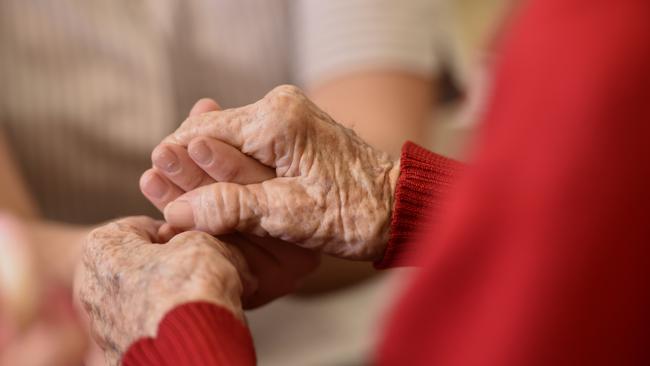
Labor has ignored pleas from aged-care providers to be given more time and funding to implement the government’s once-in-a-generation reforms, despite demands on the eve of the budget that the sector be given at least $600m in additional financial support.
Aged-care providers and peak bodies this week raised alarm over the lack of readiness to implement Labor’s $5.6bn reform package by July, saying the sector was headed for “catastrophe” without urgent intervention.
The Retirement Living Council said providers needed at least until the start of 2026 to implement the changes, which required an overhaul of current information and computer technology and significant staff training; other organisations called for a 12-month delay.
Ageing Australia chief executive Tom Symondson said there was “only one chance to get this right”, urging the government to reconsider its approach to the sector-wide changes.
“The administrative and technical challenges of this reform cannot be underestimated. Providers are committed to ambitious reform, but it takes time and requires additional support,” he said on Tuesday.
“We still don’t have all the information we need from government departments, including all of the rules for the new act, so much of the work can’t be completed.”
‘We are providing an additional $2.6bn to fund pay rises for aged-care nurses from March this year... So the workers we trust to care for our parents and our grandparents get paid properly for the work they do’
Mr Symondson said providers’ systems still needed to be significantly upgraded to “interface with new systems being built by government departments”, which presented a substantial cost to the sector.
“The cost to providers is immense, with some already spending millions of dollars to date,” he said.
“Individual grants of $10,000 clearly aren’t enough. That’s why we called for $600m in the federal budget for capital and operational expenses to build the ICT infrastructure and systems we need, along with $188m to help the sector, including some 450,000 aged-care workers, to transition to the new act.”
The budget included just $292m in spending over five years to support the reforms, including $53m to help with the digital implementation of the act and “ensure continuity of aged-care assessment services”.
A further $48m would be spent over four years to support First Nations organisations to deliver culturally appropriate aged-care assessments for First Nations people.
The budget papers said funding of aged-care programs, including residential aged care, the Home Care Packages program and the Support at Home program, would be delivered “through increases that will flow through program indexation”.
The most significant budgetary measure for the aged-care sector was the baking in of pay rises for aged-care nurses.
“We are providing an additional $2.6bn to fund pay rises for aged-care nurses from March this year,” Jim Chalmers said.
“So the workers we trust to care for our parents and our grandparents get paid properly for the work they do,” the Treasurer said.

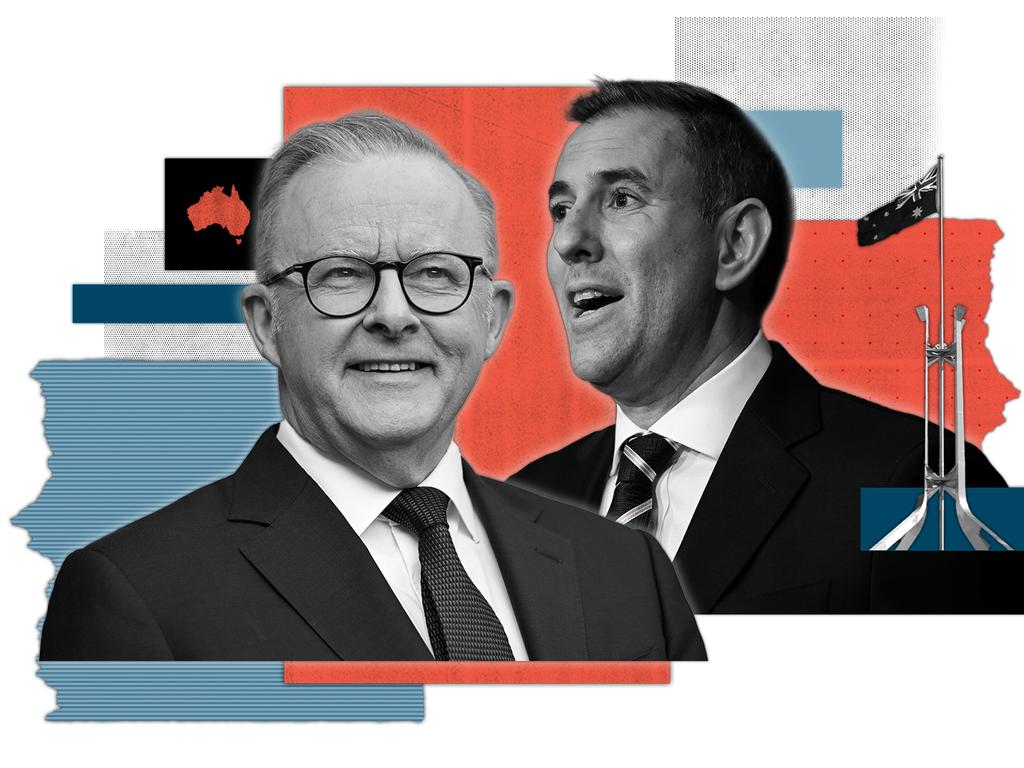


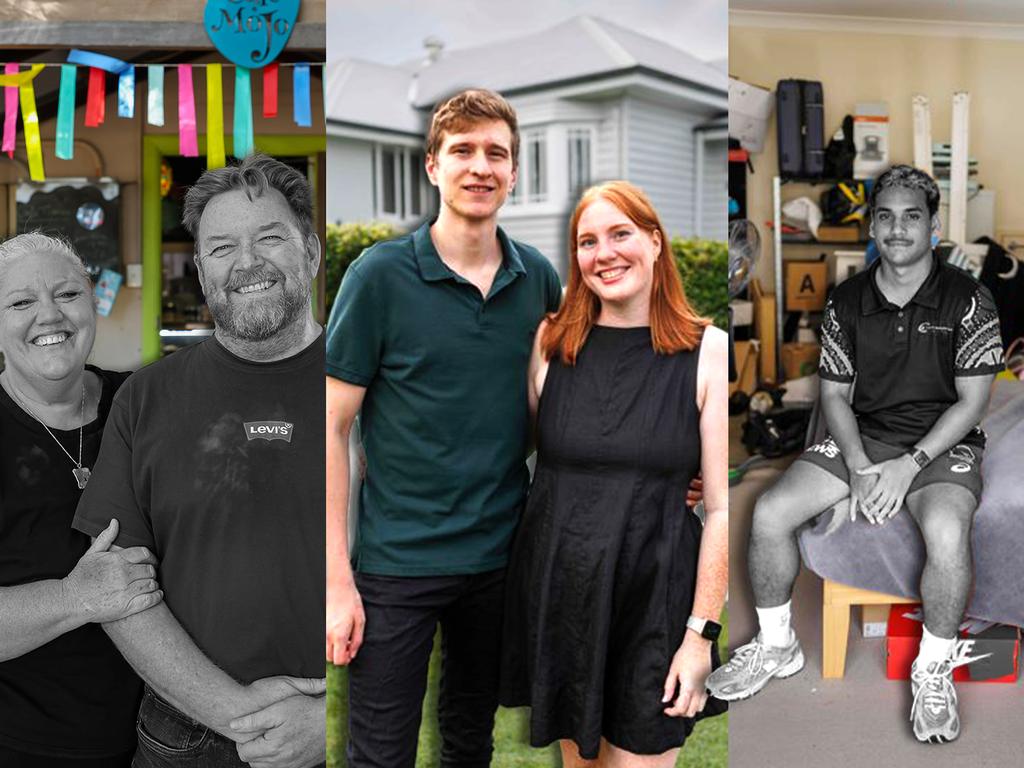


To join the conversation, please log in. Don't have an account? Register
Join the conversation, you are commenting as Logout